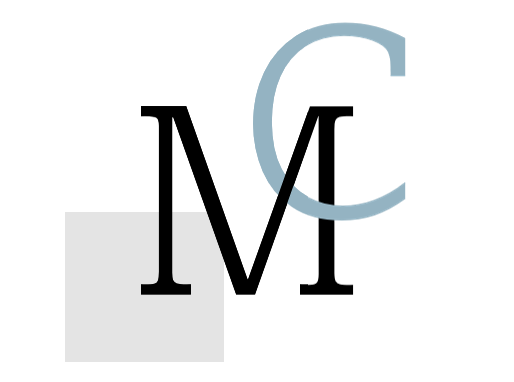Pluripotent Stem Cells (PSCs)
PSCs can potentially produce any cell or tissue (e.g. muscle, fat, connective) through specific differentiation pathways.
Advantages
- Proliferation Bioprocess: A single proliferation process is used to produce versatile cells that can transform into different types of tissues during the differentiation process. The use of PSCs cuts down on research and development costs since it only requires one kind of initial cell, one growth environment, and one process for multiplying the cells.
- Cell suspension: Embryonic stem cells (ESCs) and induced pluripotent stem cells (iPSCs) can be grown in cell aggregate suspension.
Disadvantages
- The differentiation process of these versatile cells into specific types of tissues may require more precise and regulated conditions than what is required for adult stem cells.
- Reduced consumer acceptance: The use of PSCs can sometimes lead to concerns among consumers due to ethical considerations about the origin of ESC or the genetic modifications applied to some types of iPSCs.
Satellite Cells (SCs)
Satellite cells (or myosatellite cells) are located within animal muscle tissue. In vivo, they play a crucial role in muscle regeneration, as they can be activated to proliferate and differentiate into new muscle fibers.
Advantages
- Meat prudct properties: SCs destiny is to differentiate into muscle fibers. When placed in the right conditions, they have the capability to form highly mature muscle tissue with a rich protein content. This property offers a distinct advantage in mimicking the composition, taste, and texture of traditional animal meat.
- Enhanced consumer acceptance: ‘From meat to meat’ is made more approachable as the cells are harvested directly from muscle tissue. This method may align more closely with consumer preferences and ethical considerations.
Disadvantages
- Adherence Requirement: Satellite Cells (SCs) are adherent cells, necessitating a surface for growth. Unless there are advancements in efficient suspension culture methods, the use of microcarriers is essential. However, microcarriers come with their own set of limitations.
- Retention of Differentiation Capacity: Another challenge is maintaining the SCs’ capacity to differentiate effectively over numerous cell divisions.
Microcarrier (MC) suspension
Satellite cells (or myosatellite cells) are located within animal muscle tissue. In vivo, they play a crucial role in muscle regeneration, as they can be activated to proliferate and differentiate into new muscle fibers.
Advantages
- Extensive Use in Biotechnology: Microcarriers (MCs) are extensively utilized in various biomanufacturing applications. There is a wealth of knowledge available regarding suitable methods and setups for their use.
- Facilitating Adherent Cell Cultivation: MCs provide a viable solution for cultivating adherent cells in a scalable manner.
Disadvantages
- Limitation in Cell Concentration: With microcarriers (MCs), the maximum yield in a bioreactor is constrained by the volume occupied by the MCs themselves. As a result, the maximum cell concentration typically does not exceed 4 million cells per milliliter.
- Harvesting Challenges: The process of separating cells from MCs presents significant challenges, including cell loss during harvesting, which can impact the efficiency and effectiveness of the process
Increased Costs: The necessity to produce or acquire MCs incurs additional expenditures, which may make this approach more costly compared to other methods.
